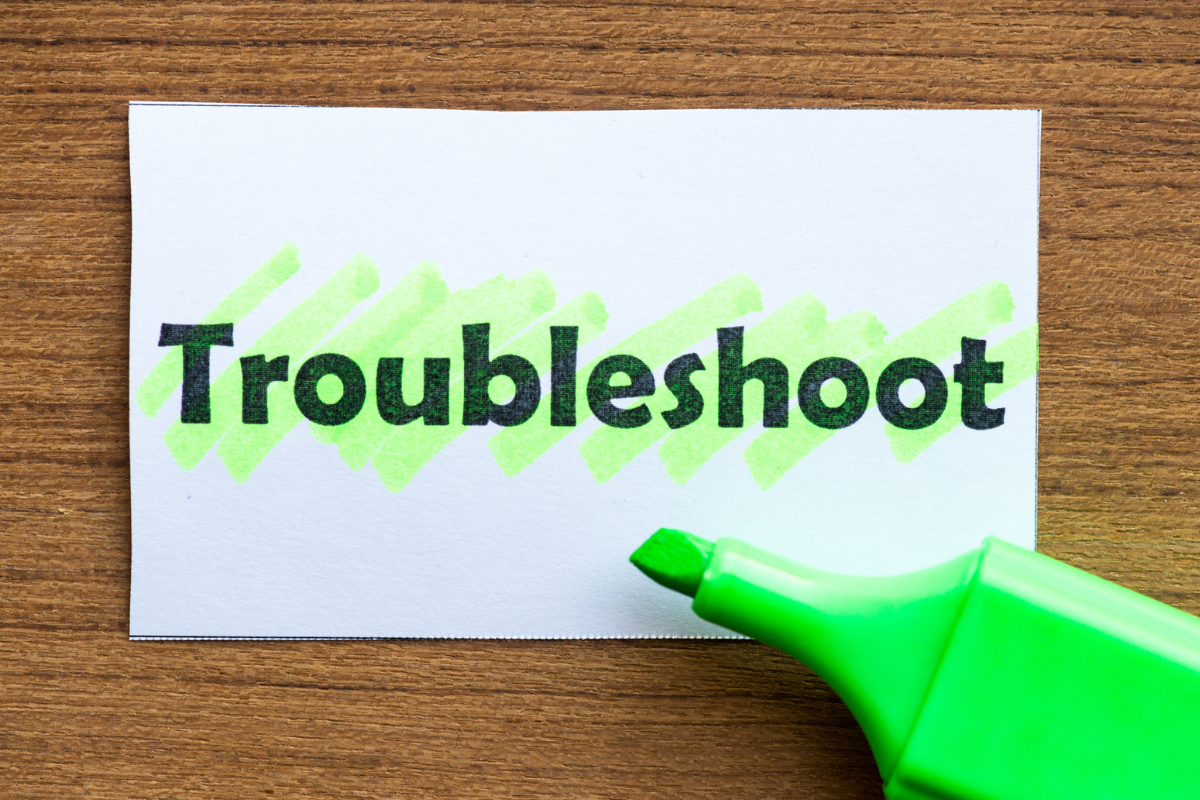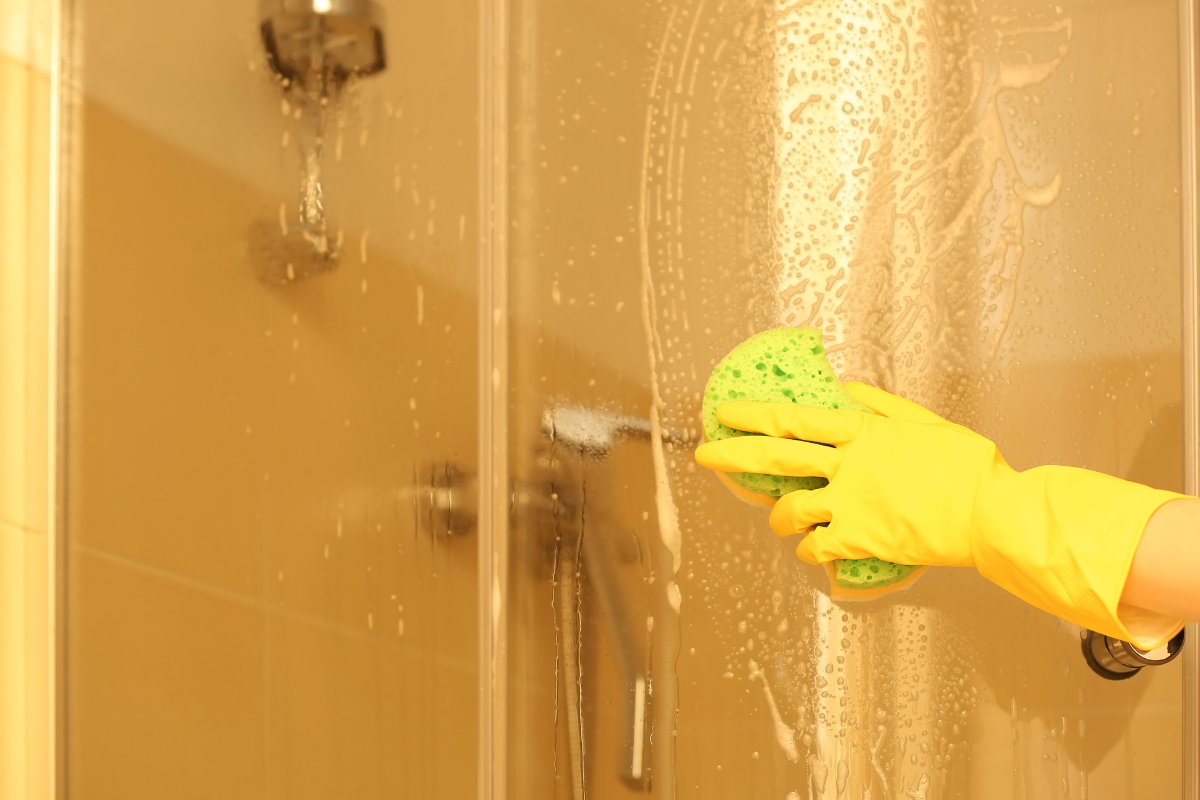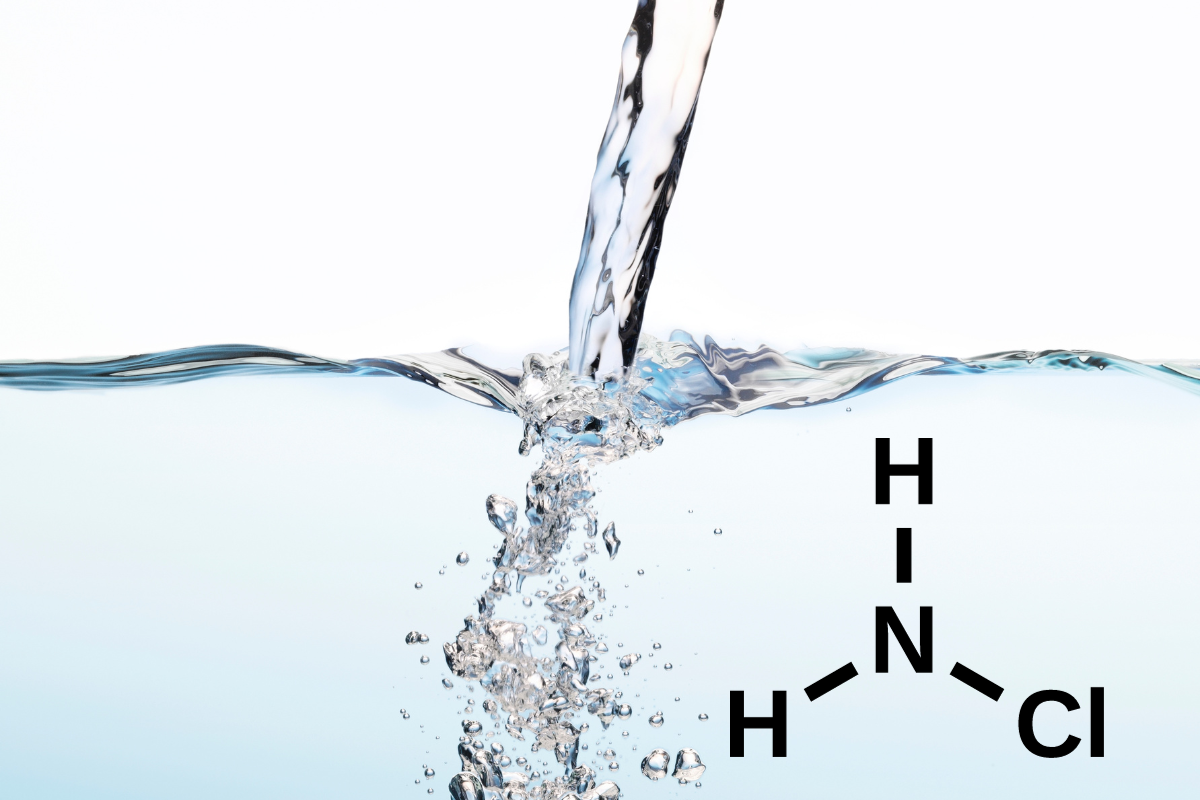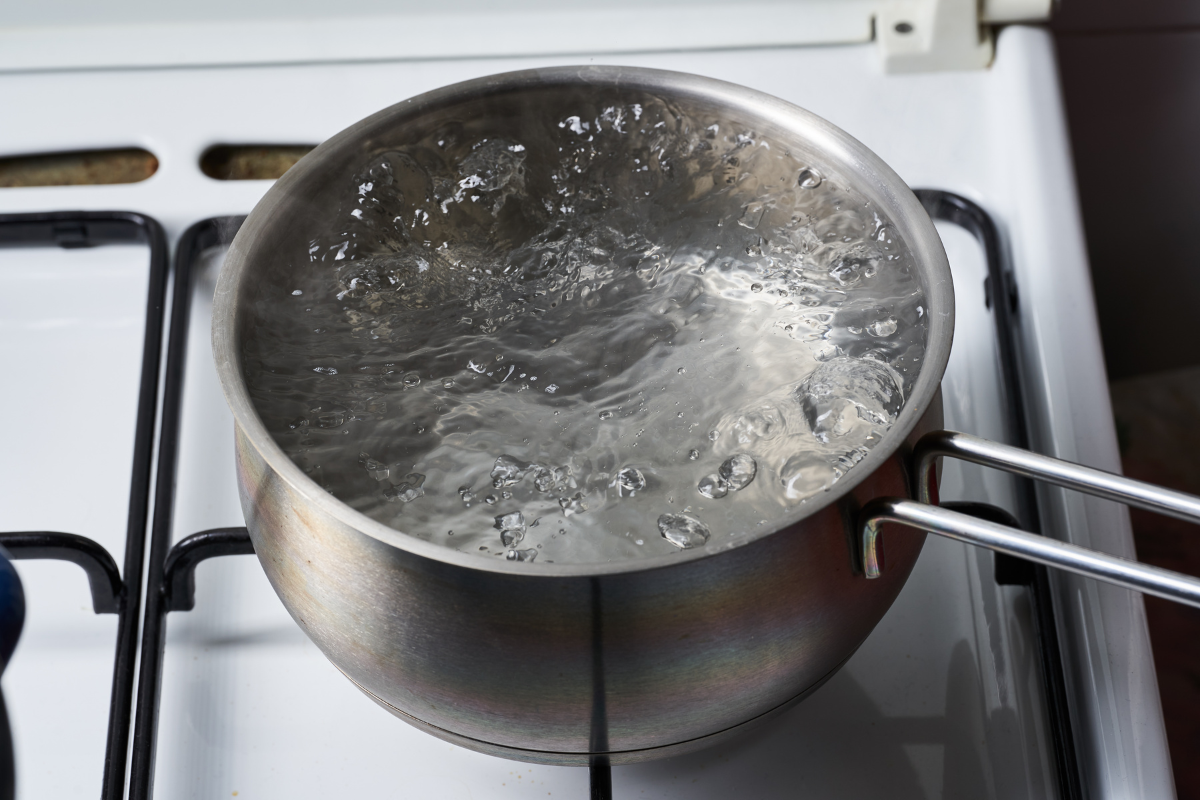Sodium in Softened Water is Not Bad For You
Debunking the Myth: Softened Water and Sodium Content

Understanding the Ion Exchange Process
“Hard” water contains higher levels of certain minerals, such as calcium. Among other things, these minerals can have a negative impact on the performance of home appliances and cause skin irritation.The most common method employed for water softening is via a process known as ion exchange.
The calcium in hard water exists as calcium carbonate. In order to remove the calcium ions, water softeners utilize resin beads coated with positively charged sodium ions. When hard water passes through the beads, the calcium ions exchange with the sodium ions. The free sodium ions then bind with the negatively charged carbonate groups in the water. The result is trace amounts of water soluble sodium bicarbonate, more commonly known as baking soda. While this is a type of salt, it is not the same as table salt, which is sodium chloride. (Keep in mind that
all water softeners use salt. If a system does not use salt, it is a type of conditioner, not softener.)
Sodium Content in Softened Water
While it is true that softened water contains a small amount of added sodium in the form of baking soda, the levels are typically quite low and unlikely to pose health risks for the majority of individuals.
In fact, the amount of sodium added to softened water is usually less than what is commonly found in many everyday foods and beverages. For reference, the
average amount of sodium
found in an 8 oz glass of water is around 12.5 mg, a number that is classified as “very low sodium” by the FDA.
Of course, individuals with specific health conditions or those on sodium-restricted diets would consult with their healthcare provider regarding softened water consumption. However, for the general population, the sodium content in softened water is negligible.
US Regulations and Sodium Limits
Recognizing the importance of monitoring water quality, the United States has established regulations to ensure that contaminant levels in drinking water remain within safe limits. Like iron in water, sodium is considered a secondary contaminant. These types of contaminants do not pose any known health risks when consumed. In these cases, the Environmental Protection Agency (EPA) sets guidelines for levels that preserve the aesthetics (taste, smell, and clarity) of the water.
The EPA's Secondary Maximum Contaminant Level (SMCL) for sodium is between 30 and 60 mg per liter of water. Again, this level is not an enforceable standard; rather, it acts as a guideline for aesthetic considerations. For those on restricted sodium diets (less than 500 mg per day), the recommended sodium level is reduced to 20 mg/liter.
Hard Water in Colorado
While the sodium in softened water does not have any adverse effects, hard water minerals certainly can. From reduced water flow in your pipes to soap scum build up in the shower, hard water pervades your home's systems.
If you are experiencing symptoms of hard water in the state of Colorado, call Paul with the Waterpros. Everyone deserves soft, clean water for drinking and bathing, and Paul can help you achieve that goal. Call or
go online today to get started.









